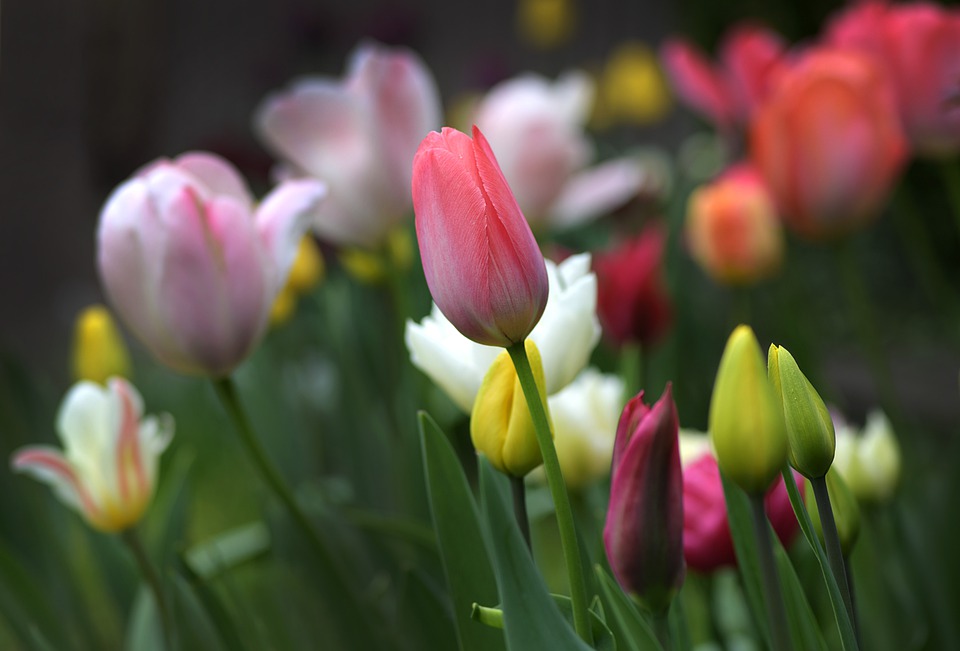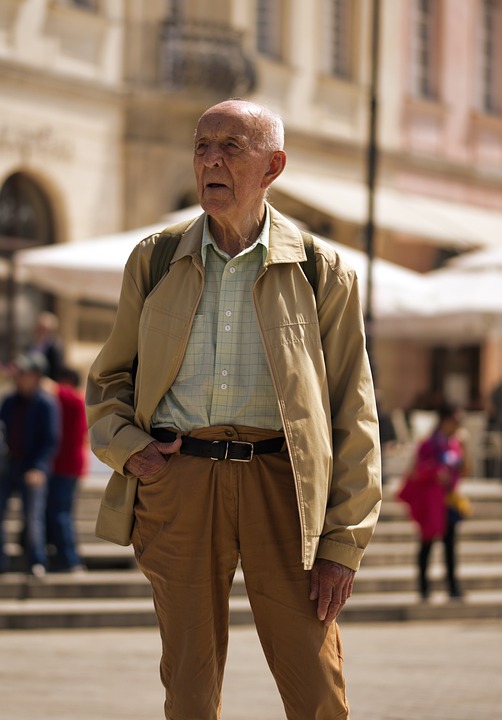Title: Colourful Altiplano Culture: Celebrating Potosí’s Traditions
Introduction
Nestled in the heart of South America, within the sweeping Andean highlands, lies the historic city of Potosí. Revered for its mineral wealth, the colonial city of Potosí was once a flourishing metropolis, drawing in laborers, merchants, and missionaries from across the globe. Steeped in a rich tapestry of traditions, the people of Potosí have preserved the essence of their vibrant altiplano culture for centuries. This article delves into the colourful tapestry of Potosí’s cultural traditions and celebrates the city’s unique identity.
Colourful Festivals and Celebrations
The city of Potosí brims with local festivals and religious celebrations that serve as a testament to its enduring altiplano spirit. Notable among these events are the annual Carnaval de Potosí and the Festival de las Salinas, which honour the indigenous mining traditions of the region and attract visitors from around the world.
Carnaval de Potosí – A Kaleidoscope of Colours and Culture
Marking the change of seasons, the annual Carnaval de Potosí is a spectacular celebration that pays homage to the city’s rich history. With roots dating back to pre-Columbian times, the carnival has evolved over the centuries, drawing inspiration from Spanish, African, and indigenous cultures.
A key feature of the celebration is the Andean dancing, characterized by its vibrant colours and intricate steps. The traditional attire, which consists of elaborate headdresses, flamboyant costumes, and colourful masks, captures the essence of Potosí’s altiplano tradition. Educative processions are held, showcasing the city’s historical milestones from its pre-colonial past to the present day.
Festival de las Salinas – Saline Heritage Celebration
The Festival de las Salinas pays homage to Potosí’s historic salt mining heritage. Salt was of tremendous value during colonial times, often equated to gold in its economic significance. Today, the Salinas de Uyuni salt flats embody the enduring legacy of this fascinating industry.
Adorned with colourful paper hats (monteras), the participants partake in an array of activities including music, dance, and parades. A highlight of the festival is the Pujllay dance, a feast for the eyes with its rich costumes, elaborate masks, and artistic choreography.
Altiplano Arts and Crafts
Artisanal crafts form an integral part of Potosí’s altiplano traditions, with Quechua, Spanish, and African influences blending seamlessly into unique artistic expressions.
Textiles and weaving, in particular, hold a special place in Potosí’s cultural heritage. Locally sourced alpaca wool is used to create intricate designs and patterns in vibrant colours. These handcrafted textiles are worn as clothes, wraps, and blankets, reflecting the city’s social, cultural, and religious significance.
The Gastronomy of Potosí
Potosí’s rich cultural heritage is reflected in its culinary traditions, with a diverse selection of dishes representing the influences of the indigenous Aymara and Quechua people, alongside Spanish gastronomical traditions.
One iconic dish is the Cochonquic, a hearty noodle soup prepared using llama meat, which is slow-cooked with herbs, vegetables, and a unique blend of spices. Another must-try is the Picante de Camarones, a spicy shrimp stew prepared with tomato, bell peppers, and a variety of local spices.
FAQs
Q: When do the Carnaval de Potosí and Festival de las Salinas usually occur?
A: The Carnaval de Potosí usually occurs in the month of February or March, right before the Lenten season, while the Festival de las Salinas is held annually in mid-June or July.
Q: Can visitors participate in the Pujllay dance?
A: Yes, visitors are often encouraged to participate in the Pujllay dance as part of the Festival de las Salinas, joining a local dance group or taking part in dance workshops.
Q: What are some common textiles and weaving styles in Potosí?
A: Common textiles in Potosí include the Arazana, a vibrant, geometrical pattern known for its sharp black and white motifs; and the Aymara Loom, which features intricate checkerboard designs.
Q: Are there any locally brewed beverages in Potosí?
A: Yes, Potosí is known for its Chicha, an indigenous corn-based fermented beverage traditionally consumed during festivals and celebrations. Another popular drink is the Goya, a potent alcoholic spirit distilled from sugarcane.
In conclusion, Potosí remains a timeless beacon of altiplano culture, capturing the rich history and traditions of the Andean highlands in its vibrant festivals, enduring arts and crafts, and unique culinary creations. As it continues to evolve and embrace the modern world, the rich tapestry of Potosí’s cultural heritage will undoubtedly remain a testament to the enduring spirit of the altiplano highlands.
Generate Image:
Coming soon, please check back regularly for the image that complements this article that captures the essence of Potosí’s rich cultural tradition.



